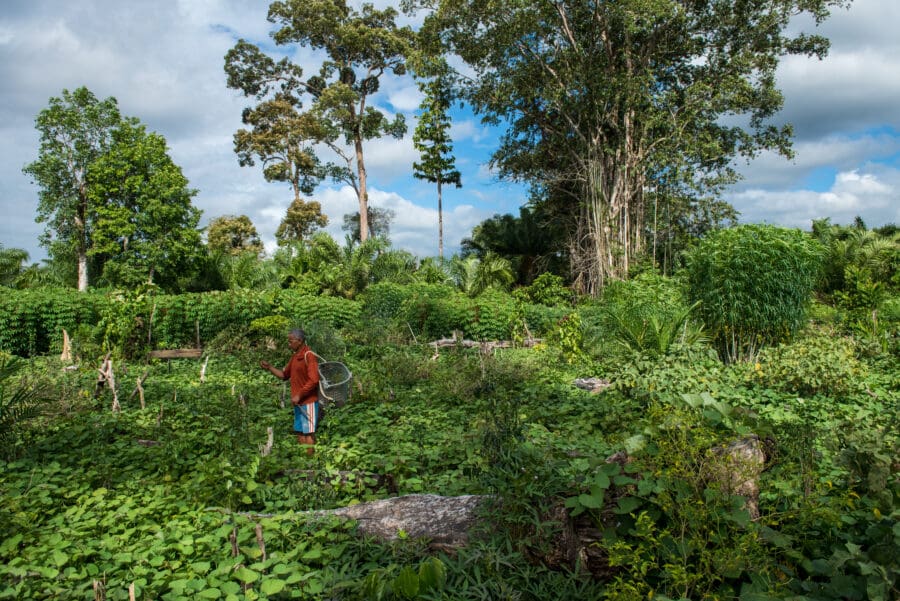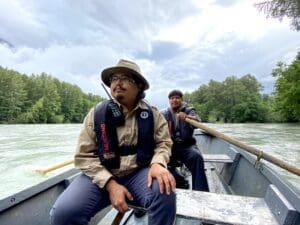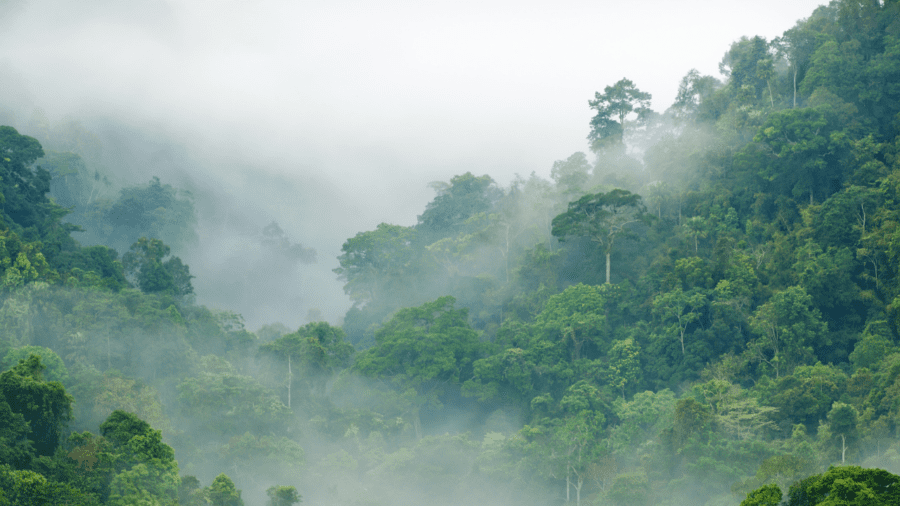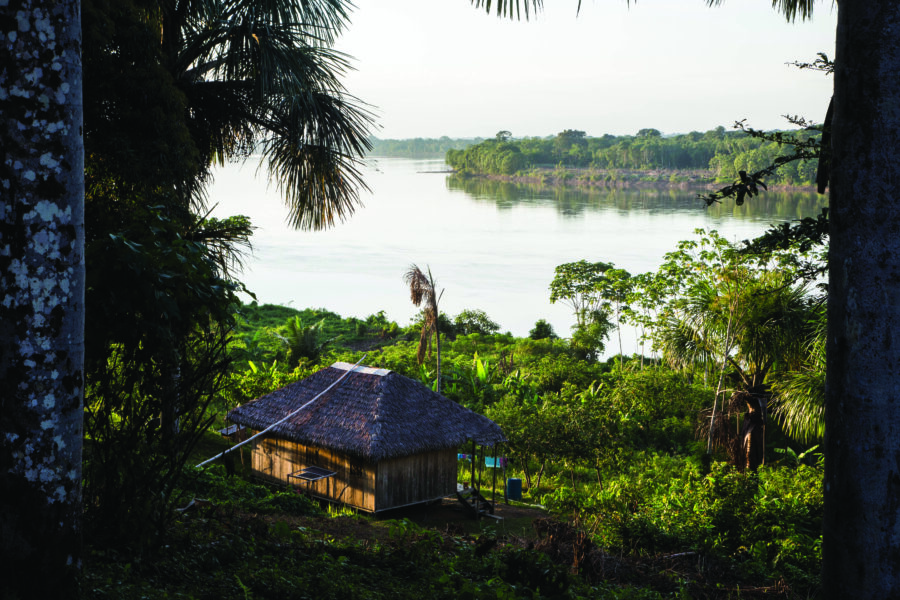The recent release of the Second Edition of Who Owns the World’s Land? offers an important moment to take stock of the global state of Indigenous, Afro-descendant, and local community land rights recognition. The data in the report covers 73 countries, which cumulatively comprise 85% of the world’s land area, and gives a comprehensive snapshot of the global landscape for community land rights at a critical moment for people and the planet.
Here are five of the biggest takeaways from the report:
1. Over 100 million hectares of additional community lands were legally recognized, but…
Between 2015–2020, national governments in 39 countries, across every inhabited continent, recognized the land tenure rights of Indigenous Peoples, Afro-descendant Peoples, and local communities to more than 100 Mha of previously unrecognized lands. This is progress worth celebrating, and each hectare recognized is the product of tireless advocacy by community activists and their allies.
But these increases represent only 1% of total land area across the 73 countries studied. The lesson is that progress is possible across diverse geographies and political contexts but must be significantly accelerated for the benefits of community land tenure security to be realized at scale.
2. One quarter of a billion hectares of community lands could be protected without passing any new laws
That’s right, more than one quarter of a billion hectares; an area more than twice the size of Peru! RRI identified 19 countries where communities’ land rights could be recognized under already existing national-level legal frameworks. In some cases, communities have even already formally submitted their claims following established procedures.
In several countries, such as Cambodia and Nepal, governments have previously set themselves targets for recognizing new areas for community forestry as part of national plans but haven’t yet reached those targets. Recognition of these claims would protect more than twice the global area that was newly recognized between 2015 and 2020.

3. The tide may be turning in favor of recognizing communities as owners of their lands
RRI’s database tracks both lands where communities have full ownership rights, as well as lands that are “designated for” communities, i.e., where they hold more limited rights and are not recognized as owning their land. The vast majority of land area that was newly recognized for communities during the five-year period—89 out of 103 Mha—was recognized as owned by communities, in perpetuity. This is similar to trends observed in RRI’s Forest Tenure database, which has tracked global forest ownership since 2002.
The last update of these data found a proportional shift toward recognition of communities’ ownership rights over forests, and this trend appears to be continuing at the global level. These stronger ownership rights give communities greater tenure security and allow them to plan for future generations with confidence.
4. Several African countries are leading the way
Almost every region covered by the study saw at least some advances in community land recognition, but the biggest gains were in Africa. The total area owned by Indigenous Peoples and local communities in Africa increased by 12%, a gain of 35 Mha over five years. Most of this increase occurred in Liberia and Kenya, which both passed progressive legislation recognizing communities’ land rights even before formal titles or certificates are issued. These cases show that, even if technical and administrative hurdles remain, communities’ land rights can still be recognized at scale.
5. The funding landscape for securing community land rights has dramatically changed
Since the publication of the First Edition of Who Owns the World’s Land? in 2015, there has been a proliferation of new funding mechanisms to support community land rights and tenure security. Some of the most significant developments include:
- The establishment of the International Land and Forest Tenure Facility, instigated by RRI, which has provided over US$20 million in grants to Indigenous and local community organizations and allied NGOs since 2017;
- The launch of the Community Land Rights and Conservation Finance Initiative (CLARIFI), which has a goal of helping to raise an additional US$10 billion across the sector by 2030;
- The Glasgow Declaration at CoP26 in 2021, in which leading public and private donors pledged US$1.7 billion to support community tenure;
- The Women in Global South Alliance for tenure and climate (WiGSA) was launched at CoP27 in Sharm-el-Sheikh in 2022 to advocate for direct and equitable access to funding for Indigenous, Afro-descendent, and local community women and girls.
Taken together, these developments suggest that the financial infrastructure now exists to invest in rapidly scaling up communities’ land tenure security.
There has been increasingly high-level recognition of the vital role that Indigenous Peoples, Afro-descendant Peoples, and local communities play in achieving global climate, biodiversity and development goals. The findings of the Second Edition of Who Own’s the World’s Land? serve as a timely reminder that these communities’ rights to the lands they have been stewarding for generations must be secured and strengthened. Our future depends on it.






